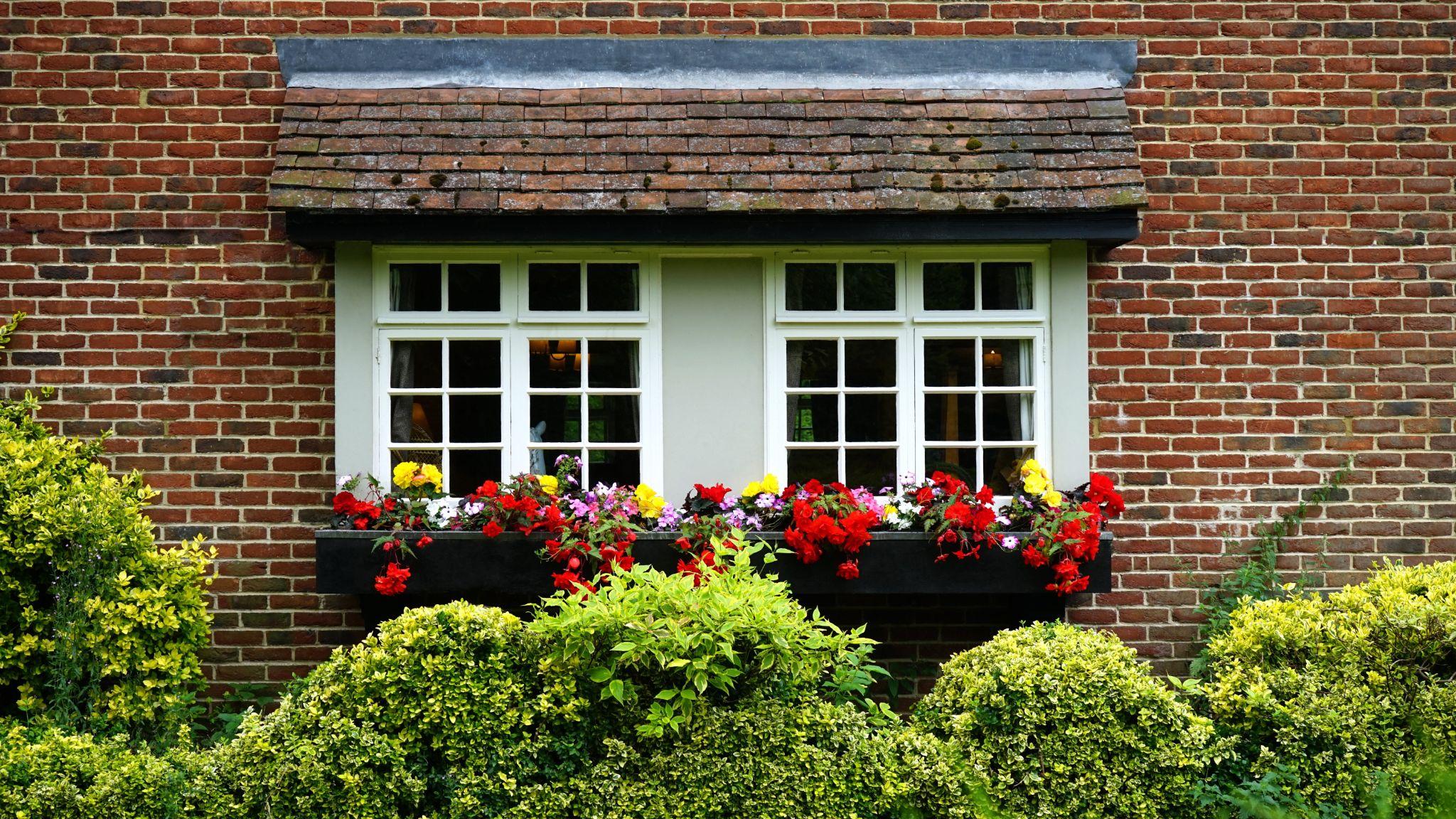Houseplants are a popular choice for indoor decoration, but as they grow, they often require repotting to provide them with adequate space and nutrients. A professional houseplant repotting service can help ensure that your indoor jungle continues to thrive in its new home.
This article will guide you through the process of assessing your plants’ needs, selecting the right potting mix and size, as well as proper repotting techniques. By following these steps, you can give your houseplants the best chance at flourishing in their new environment.
Assessing Your Houseplants’ Needs
Assessing the needs of houseplants is crucial in order to determine if they require repotting. One important factor to consider is the watering frequency. Different houseplants have varying water requirements, and it is essential to provide them with adequate moisture. Overwatering can lead to root rot and other issues, while underwatering can result in dehydration and wilting. Understanding the specific watering needs of each plant species is vital for their overall health and well-being.
Another key aspect to assess is the sunlight requirements of houseplants. Sunlight plays a significant role in photosynthesis, which is crucial for plant growth. Some plants thrive in bright, direct sunlight, while others prefer indirect or even low-light conditions. It is important to place your houseplants in areas that receive the appropriate amount of light for their specific needs.
By carefully assessing these factors, you can ensure that your houseplants receive the necessary care and attention they require, ultimately determining whether repotting is necessary or not.
Choosing the Right Potting Mix
Examining the potting mix options is crucial when considering the appropriate choice. The benefits of repotting regularly are numerous. One key advantage is that it allows for better nutrient absorption by the plant, promoting healthier growth and development. Additionally, repotting provides an opportunity to refresh the soil, removing any accumulated salts or toxins that may hinder plant health.
When choosing a potting mix, it is important to avoid common mistakes. Firstly, selecting a mix with poor drainage can lead to waterlogged roots and root rot. Secondly, using a mix that lacks sufficient nutrients can result in stunted growth and nutrient deficiencies in plants. Lastly, opting for a mix that contains high levels of organic matter can cause excessive moisture retention and fungal issues.
Careful consideration of these factors will ensure the optimal choice of potting mix for successful houseplant repotting service.
Selecting the Perfect Pot Size
When selecting the perfect pot size, it is important to consider factors such as the plant’s root system and growth potential. One crucial aspect to address is choosing the right drainage for the plant. Proper drainage is essential to prevent waterlogging and ensure healthy root development. It allows excess water to escape, preventing root rot and other moisture-related issues.
Another factor to consider is determining the ideal root depth of the plant. Understanding the specific needs of each houseplant will help in selecting an appropriate pot size that accommodates its roots comfortably. Some plants have shallow root systems while others require deeper pots for optimal growth. Providing sufficient space for roots ensures proper nutrient absorption and overall plant health.
Careful consideration of these factors will contribute to a successful repotting process and promote thriving indoor plants.
Proper Repotting Techniques
One important aspect of proper repotting techniques is ensuring that the new pot has sufficient drainage to prevent waterlogging and promote healthy root development. Repotting mistakes can lead to detrimental effects on plant health if not addressed properly.
Signs of rootbound plants, such as wilting, stunted growth, or roots visibly protruding from the drainage holes, indicate that repotting is necessary. To begin the repotting process, gently remove the plant from its current container, taking care not to damage the roots. Inspect the roots for any signs of damage or disease and trim accordingly.
Select a slightly larger pot that allows room for future growth but does not overwhelm the plant’s root system. Fill the new pot with fresh potting soil, ensuring it is evenly distributed around the roots. Finally, water thoroughly and place in an appropriate location based on light requirements for optimal growth.
These careful steps ensure successful repotting and promote healthy houseplant development.
Caring for Newly Repotted Plants
Caring for newly repotted plants involves providing appropriate light conditions and regular watering to support their healthy growth. Proper watering frequency is crucial to ensure the plant’s survival and prevent stress. It is important to note that overwatering can lead to root rot, while underwatering can result in dehydration and wilting.
To determine the ideal watering schedule, it is essential to consider factors such as the plant species, pot size, and environmental conditions. Generally, most houseplants prefer a moist but well-draining soil. Regularly check the moisture level by sticking your finger about an inch into the soil; if it feels dry at this depth, it’s time for watering.
Additionally, signs of stress such as yellowing leaves or drooping foliage should be promptly addressed by adjusting the watering routine accordingly.








